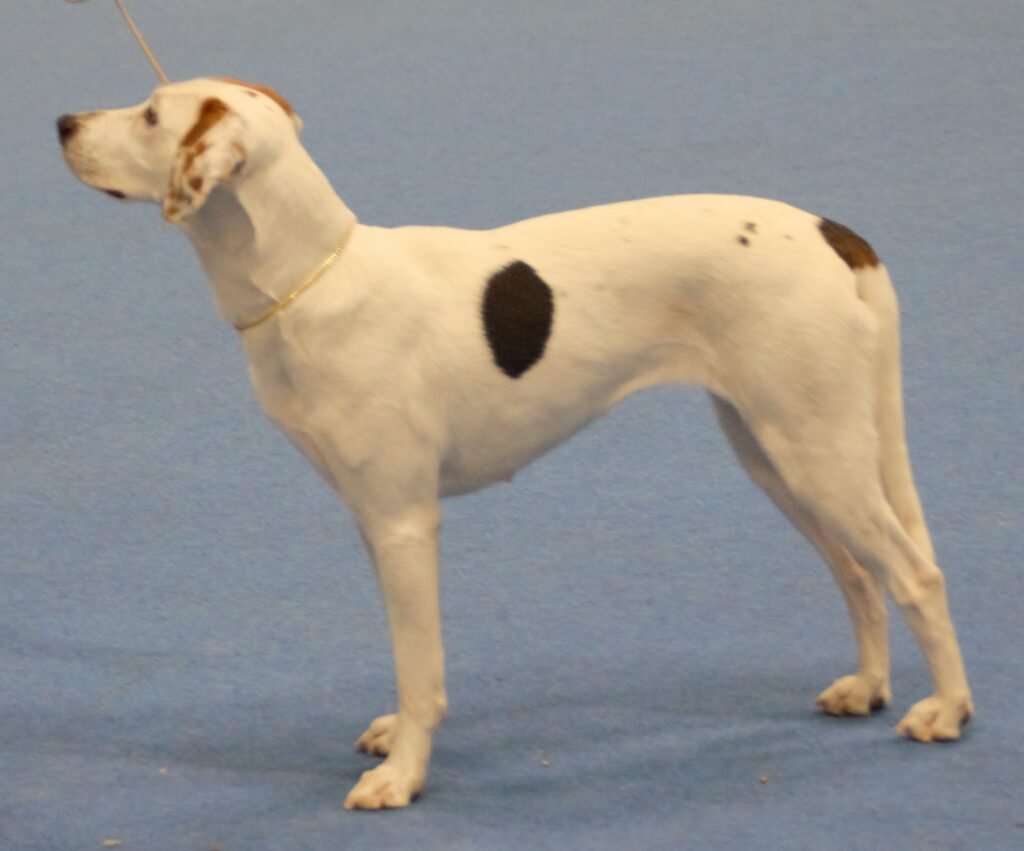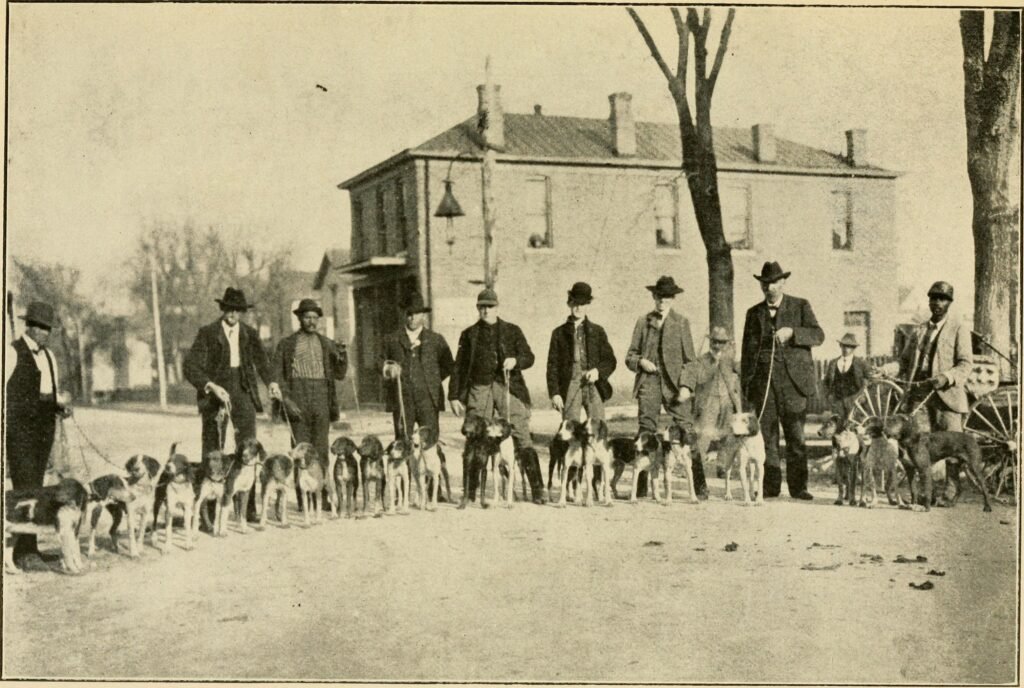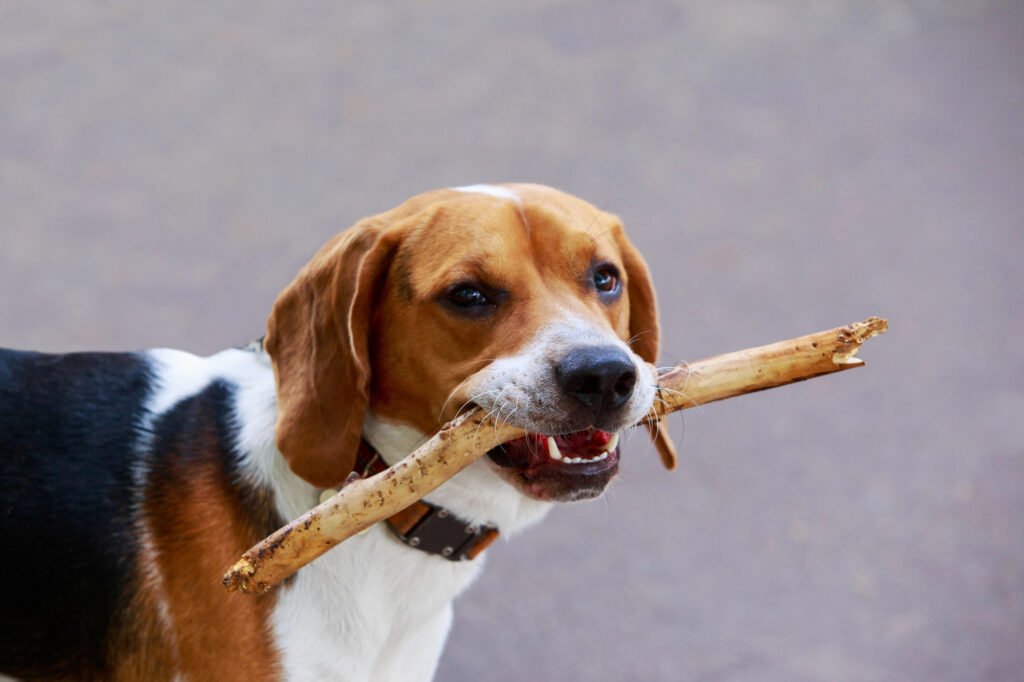The American Foxhound is a breed with a rich history in the United States, yet it remains less well-known than some of its canine counterparts. This article will explore 10 fascinating facts about the rare American Foxhound, shedding light on their characteristics, history, and standing in the modern world. With their keen instincts and amiable nature, these dogs have much to offer and much to learn about.
Origin and History

The American Foxhound has its roots deeply embedded in American history, dating as far back as the 17th century. They were initially bred in Virginia when English foxhounds were brought over by European settlers. George Washington himself, known for his love of hunting, played a significant role in developing the American Foxhound breed by refining them through crosses with French foxhounds gifted to him by the Marquis de Lafayette.
Distinctive Physical Characteristics

The American Foxhound is a sight to behold, boasting long legs, a lean build, and an athletic appearance, perfectly suited for tracking and hunting. They typically stand between 21 to 25 inches at the shoulder and weigh between 55 to 70 pounds. Their coat is short and dense, providing protection from underbrush, and usually comes in a variety of colors including tri-color, black and tan, and red.
A Hunter at Heart

Bred for speed and endurance, American Foxhounds were designed for the hunt. They possess an incredible sense of smell and have a distinct bay — a resonant bark that helps hunters locate them over long distances. This makes them one of the premier breeds in the world for fox hunting, though they are also adept at hunting other game like deer and raccoons.
Temperament and Personality

The American Foxhound is as friendly as it is athletic. Known for their regal demeanor, they are companions that enjoy human company and can be particularly affectionate toward children. They generally get along well with other dogs due to their pack hunting background. However, their energetic nature means they thrive best in environments where they can get ample exercise.
Grooming and Care Needs

Despite their active lifestyle, American Foxhounds are relatively low maintenance when it comes to grooming. Their short coats require only occasional brushing to keep them tidy and to minimize shedding. Their floppy ears should be checked regularly to prevent infections, and regular exercise is essential to keep them healthy and mentally stimulated.
Health and Lifespan

American Foxhounds are generally healthy dogs, but like all breeds, they are prone to certain health issues. Hip dysplasia and ear infections are among the more common concerns. Regular veterinary check-ups and maintaining a balanced diet can help mitigate these risks. With proper care, American Foxhounds typically enjoy a lifespan of 10 to 12 years.
Training and Intelligence

Intelligent and eager to please, American Foxhounds can be trained with consistency and positive reinforcement. While they are smart dogs, their independent nature can sometimes pose challenges in obedience training. Early socialization and exposure to a variety of experiences and environments can help ensure they develop into well-rounded adults.
Living Environment Considerations

Given their instinctual need to run and explore, American Foxhounds are ideally suited to rural or suburban homes with ample space to roam. Apartments or homes with limited yard space may not be ideal unless the family is particularly active and committed to providing plenty of daily exercise and mental stimulation.
The American Foxhound in Popular Culture

Although they might not be as famous as Golden Retrievers or German Shepherds, American Foxhounds have held a lasting cultural presence, notably as Virginia’s state dog. Their noble history, coupled with their depiction in various works of art and literature, keeps them an emblematic symbol of American heritage. Their strong association with the early years of the United States adds to their mystique and allure.
Conservation and Preservation Efforts

Due to their specific working dog status and the decline of traditional fox hunting, the American Foxhound’s numbers have been dwindling, placing them among the lesser-known breeds. Efforts by breed enthusiasts and organizations aim to preserve their lineage through responsible breeding practices, public education, and promoting their suitability as family pets.
Why the American Foxhound Deserves Recognition

Despite being one of the rarest breeds in households today, the American Foxhound remains a significant part of canine history, reflecting a bygone era of American life. Their distinct traits — a blend of athleticism, loyalty, and affability — ensure that they are deserving of recognition beyond their traditional hunting roles. As companions, they continue to bring joy and companionship to those lucky enough to share their lives with them.

Esther is from India; the heartbeat of South Asia, holding a Master’s degree in Zoology and a postgraduate diploma in Animal Welfare. Her enthusiasm for animal welfare drives her passion and dedication to working for animals, ensuring their well-being, and advocating for their rights. With a solid academic background and hands-on experience, she is committed to making a positive impact in the field of animal welfare. In her free time, she enjoys embroidery and sewing. As a Chennaite from Tamil Nadu, Esther loves Bharathanatyam, an Indian classical dance form.






